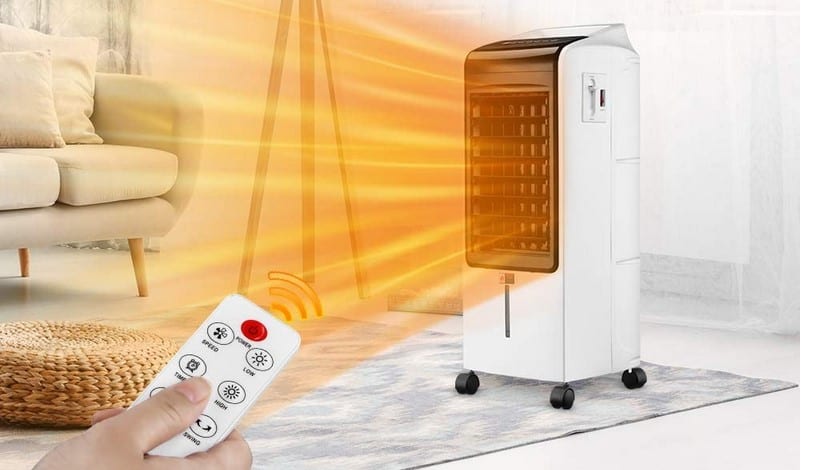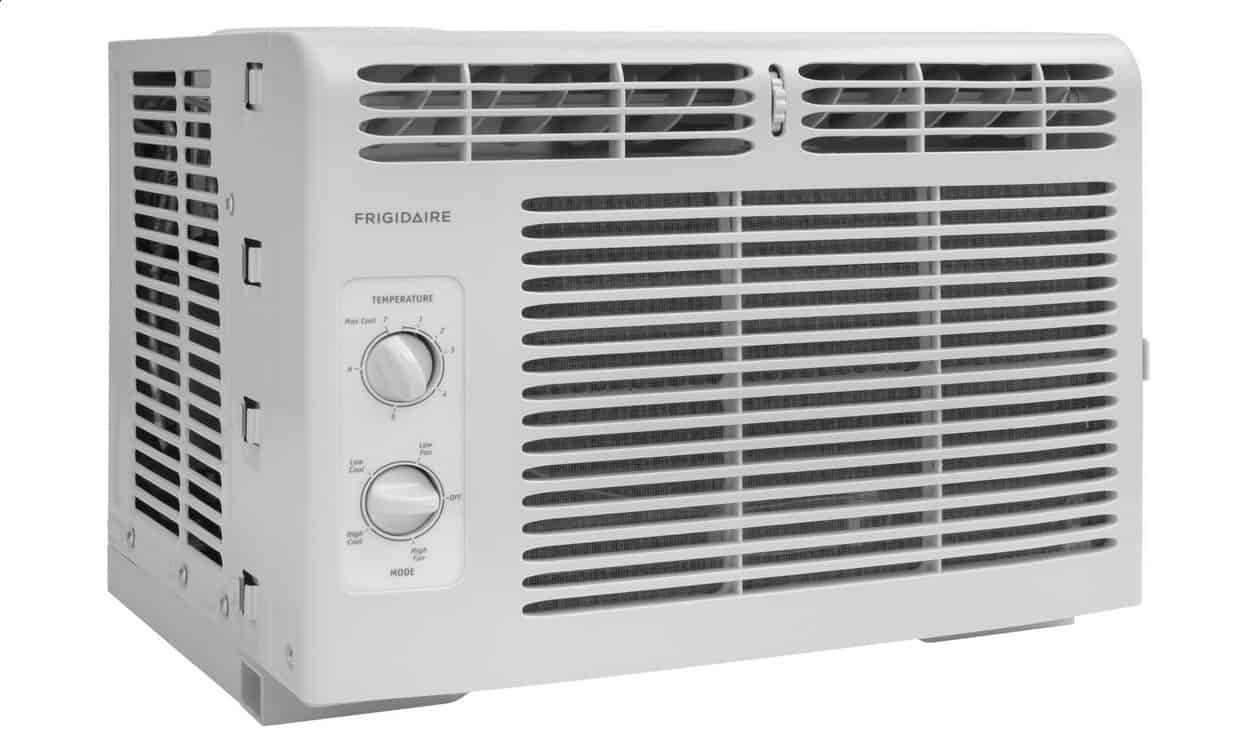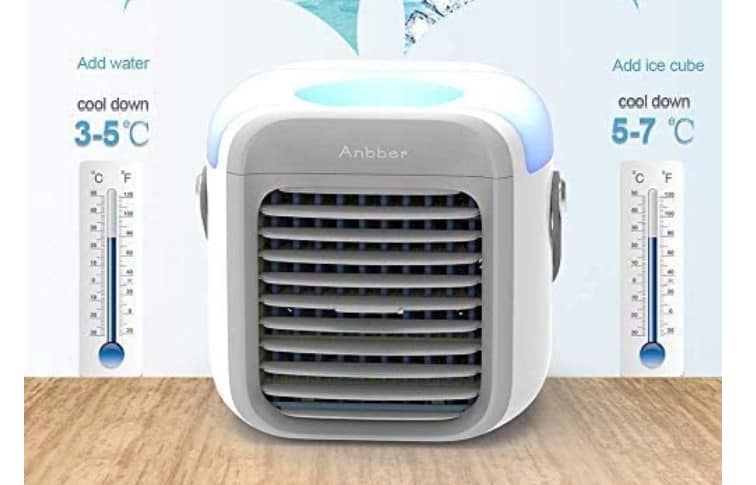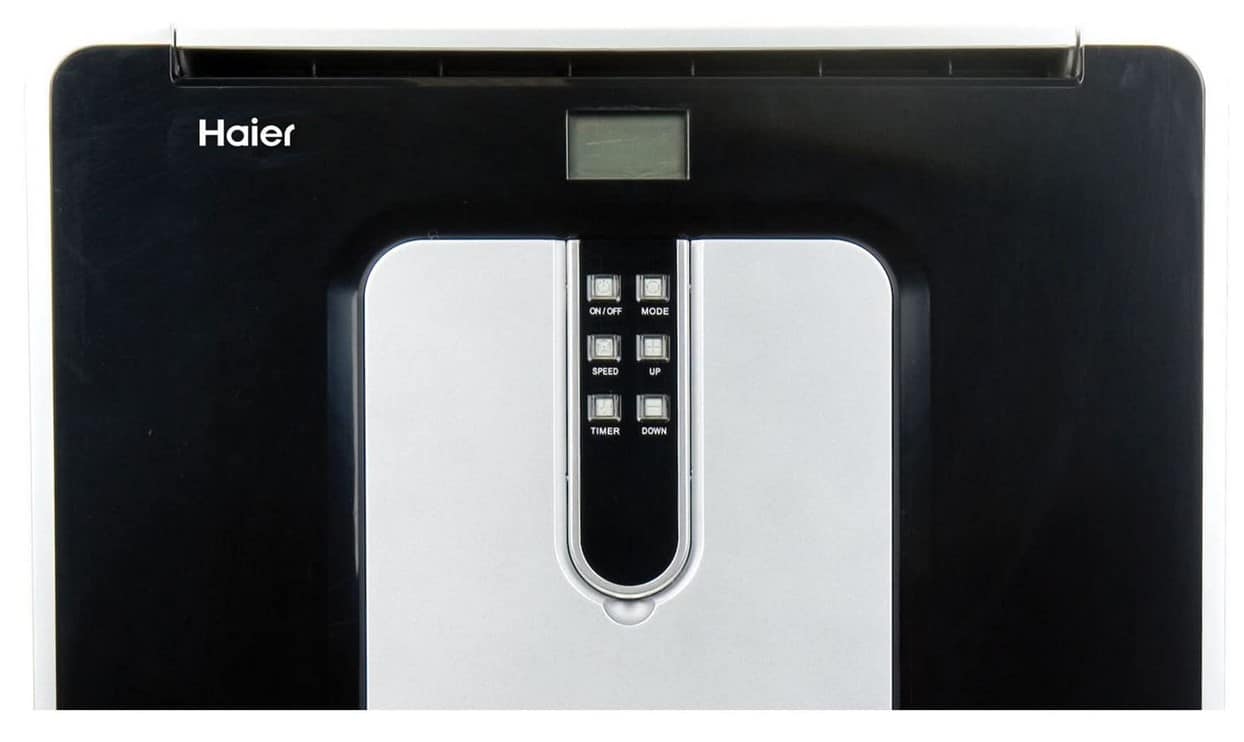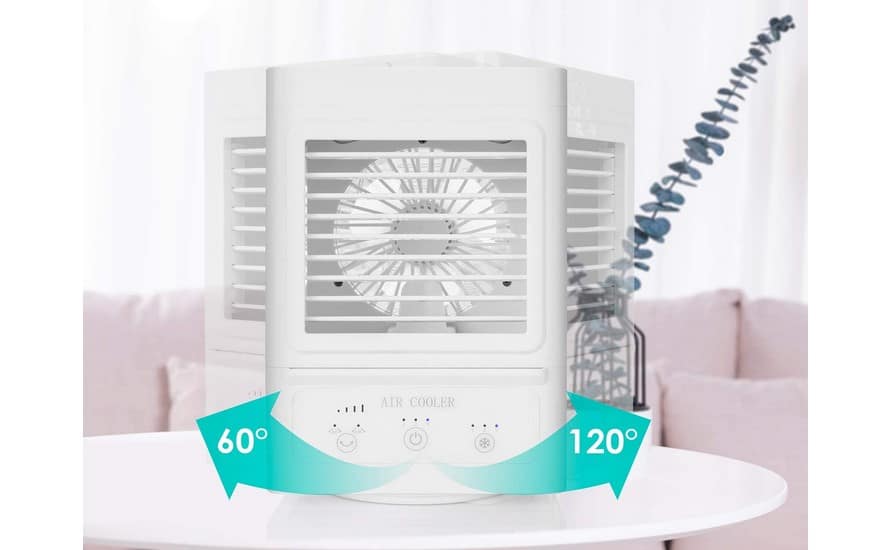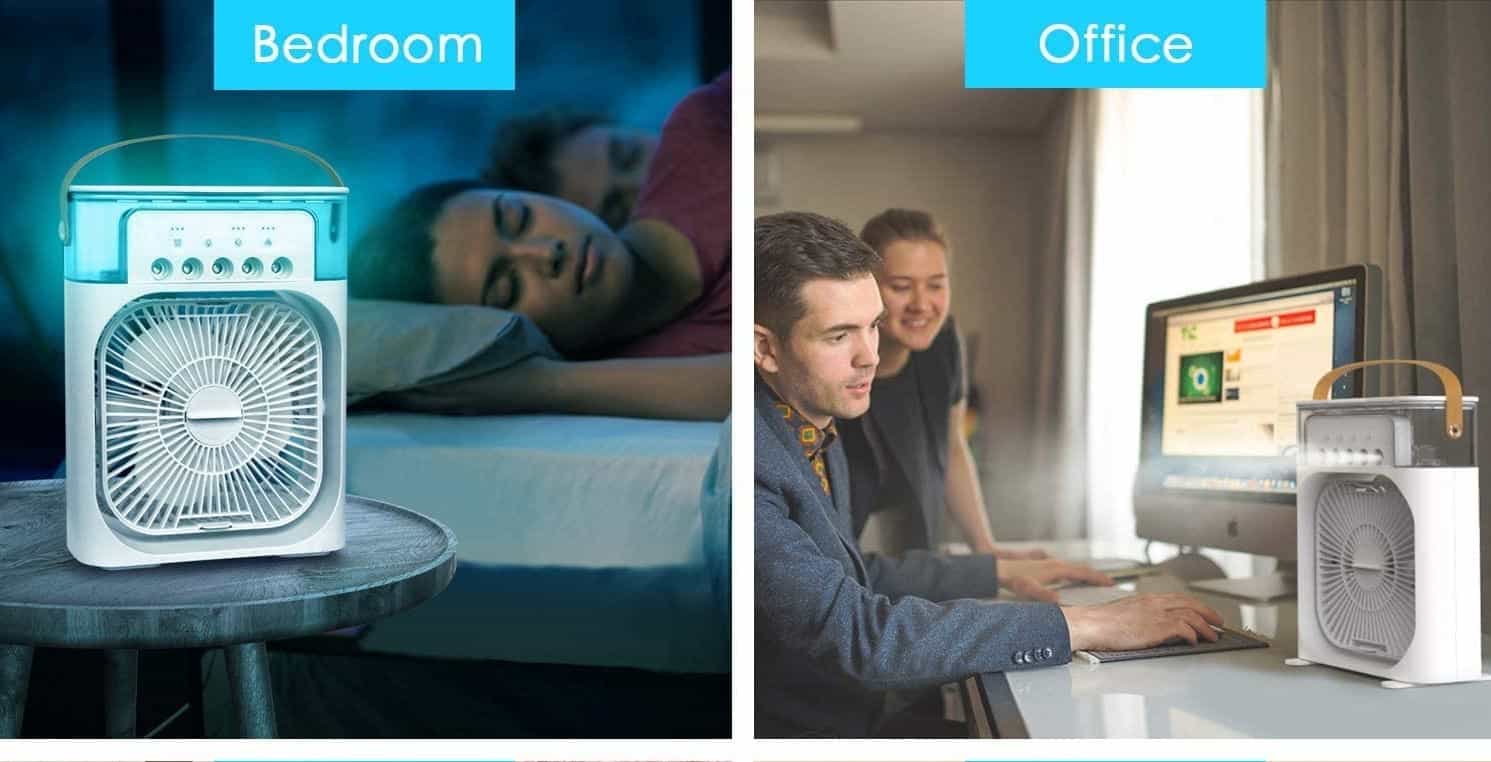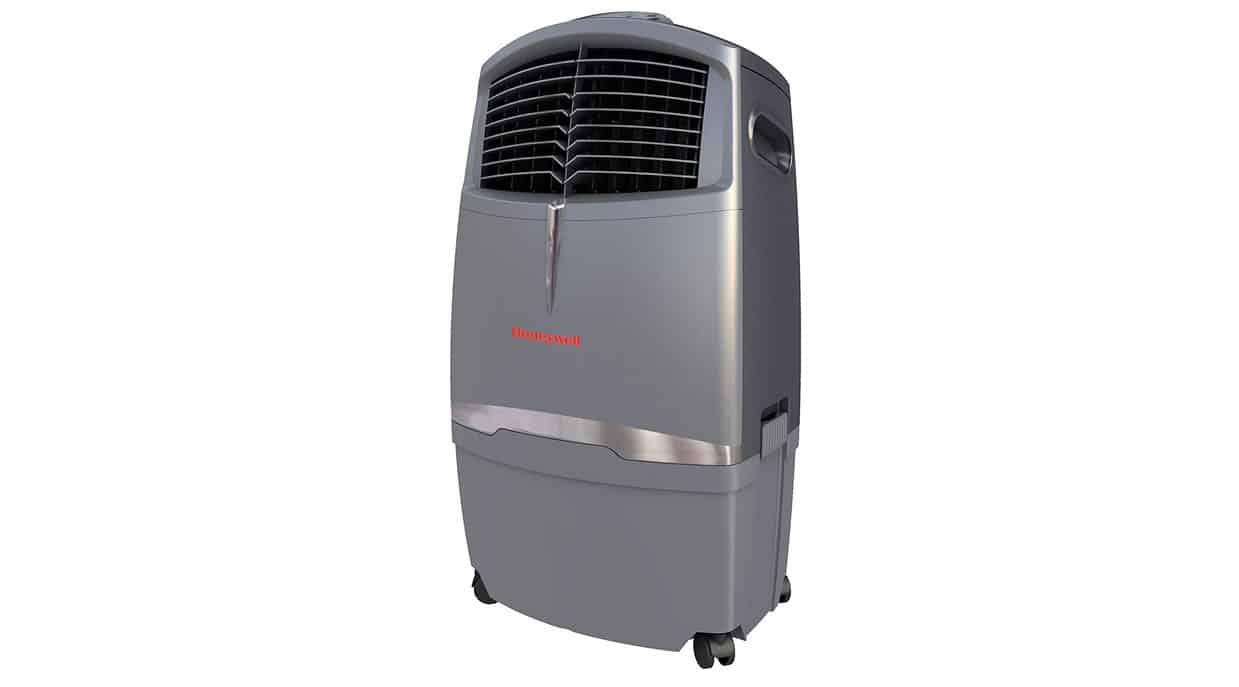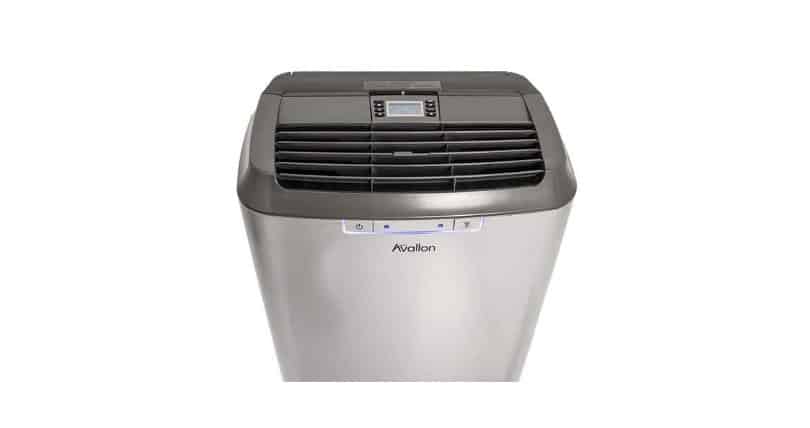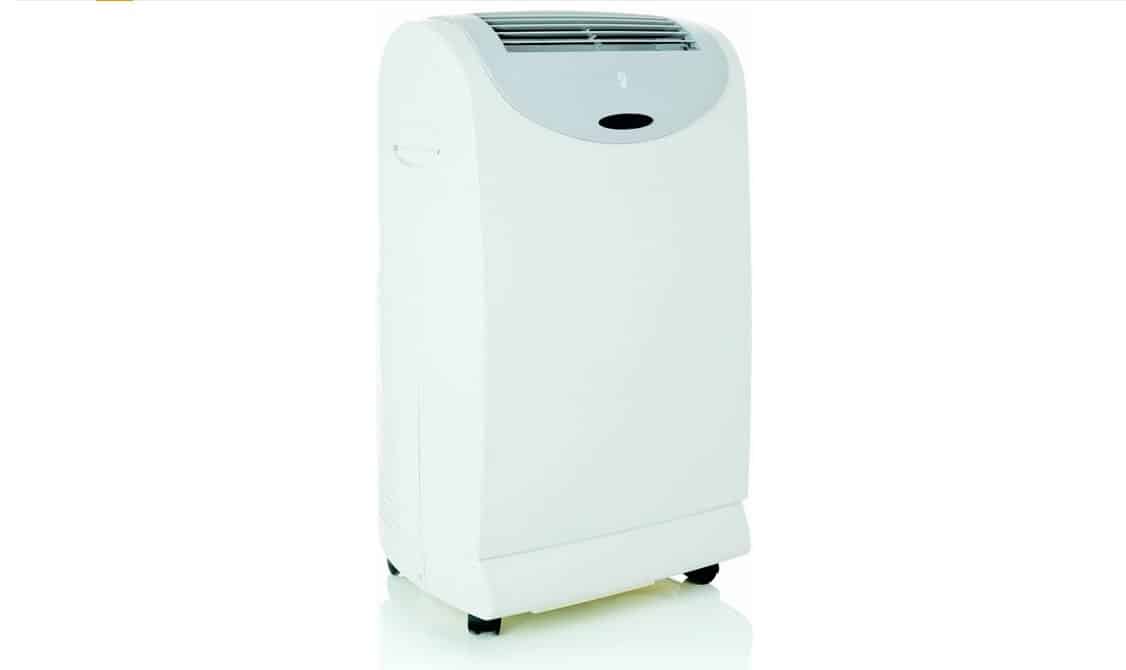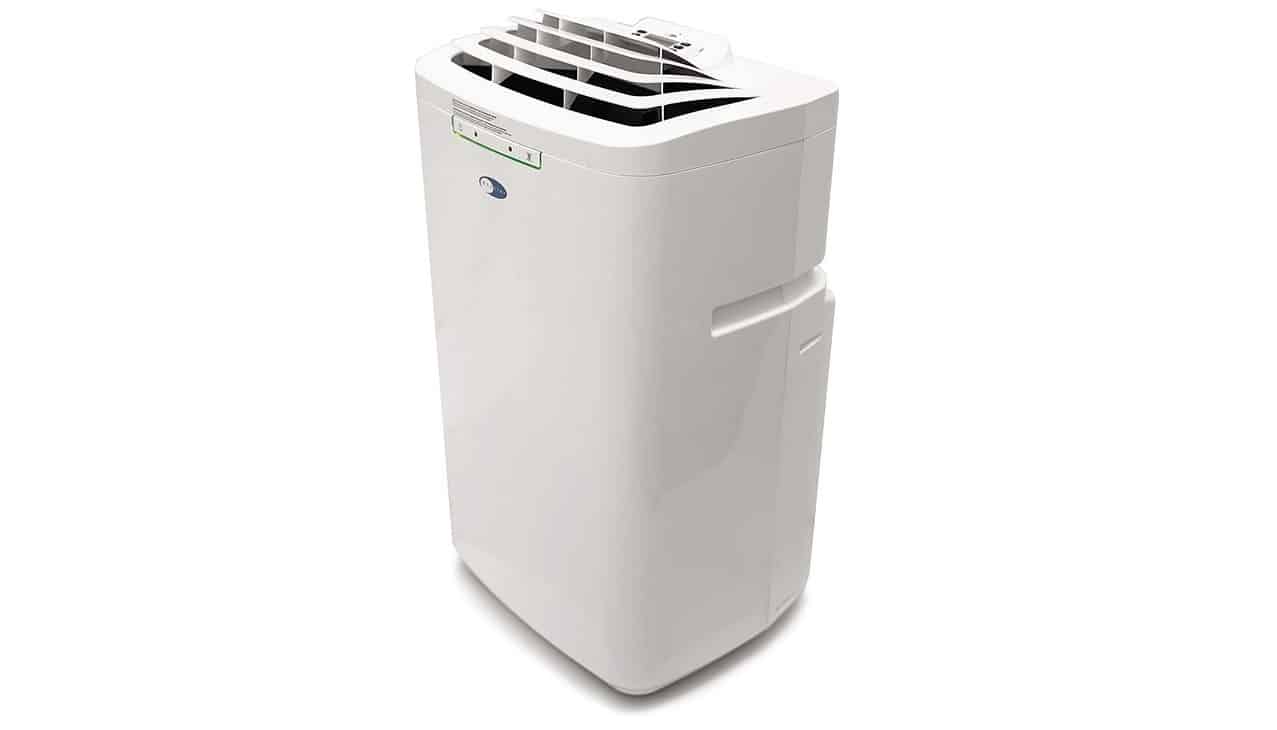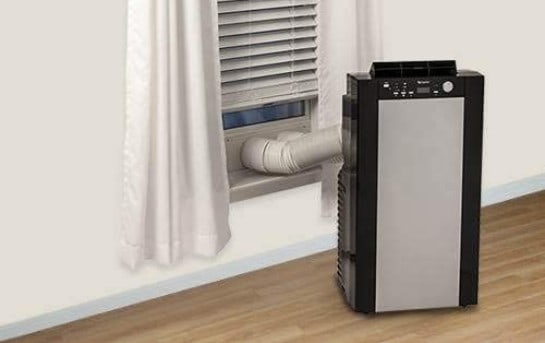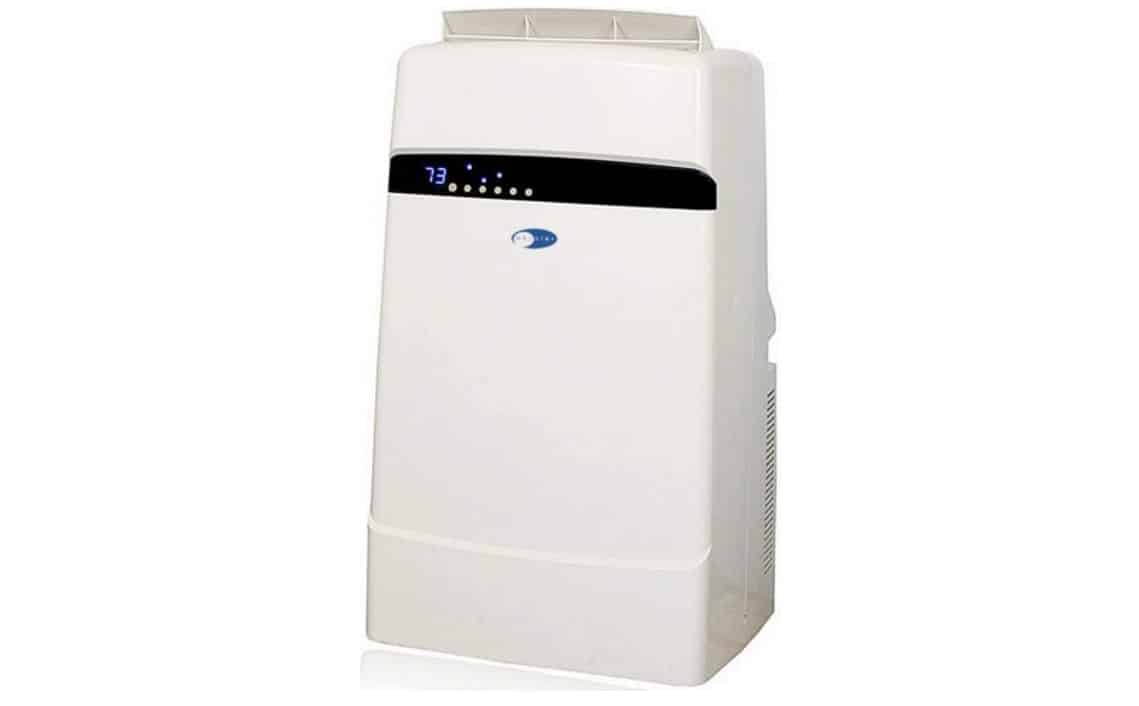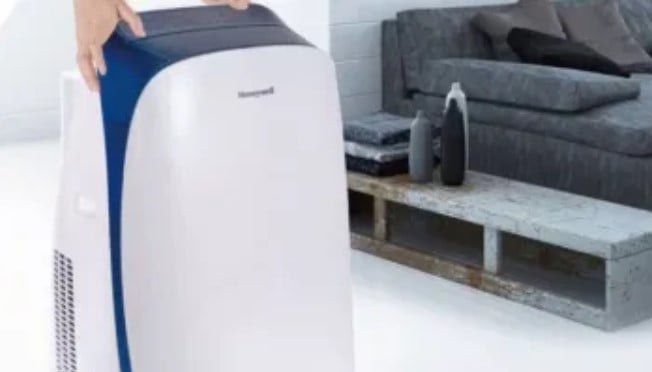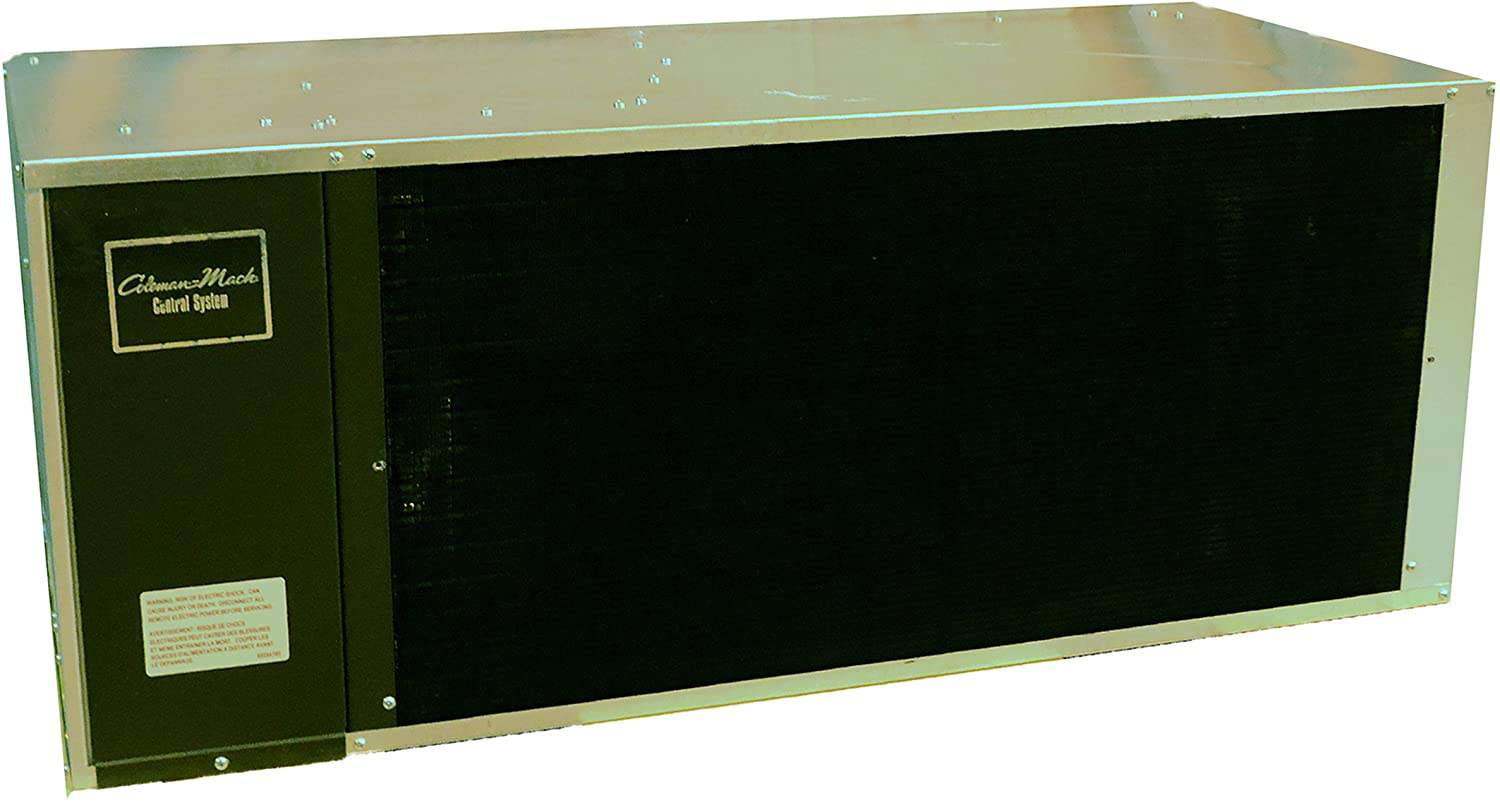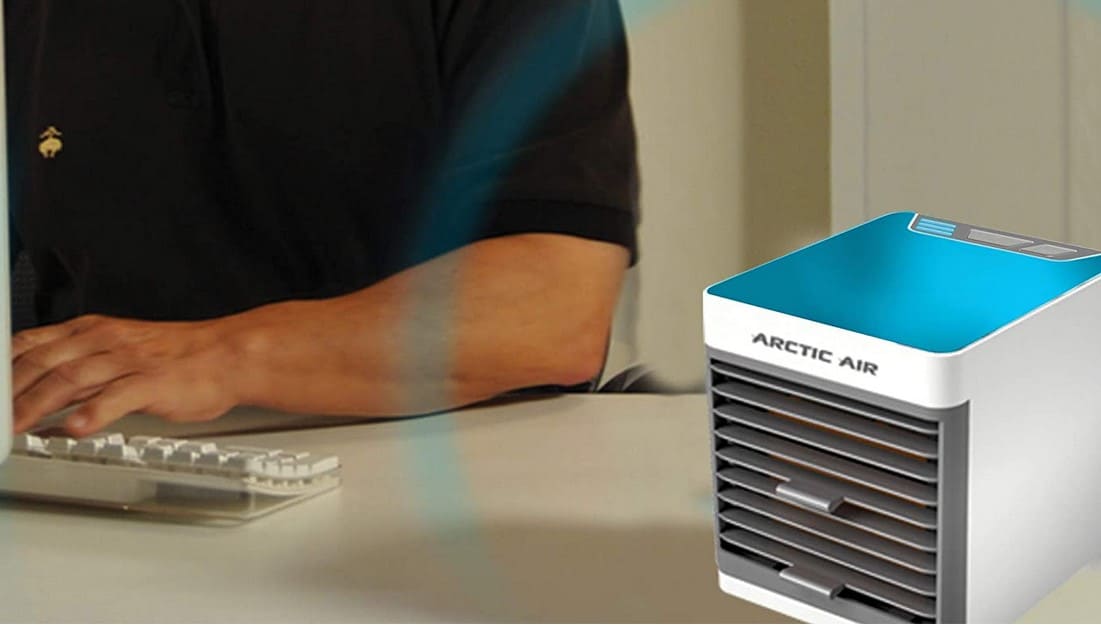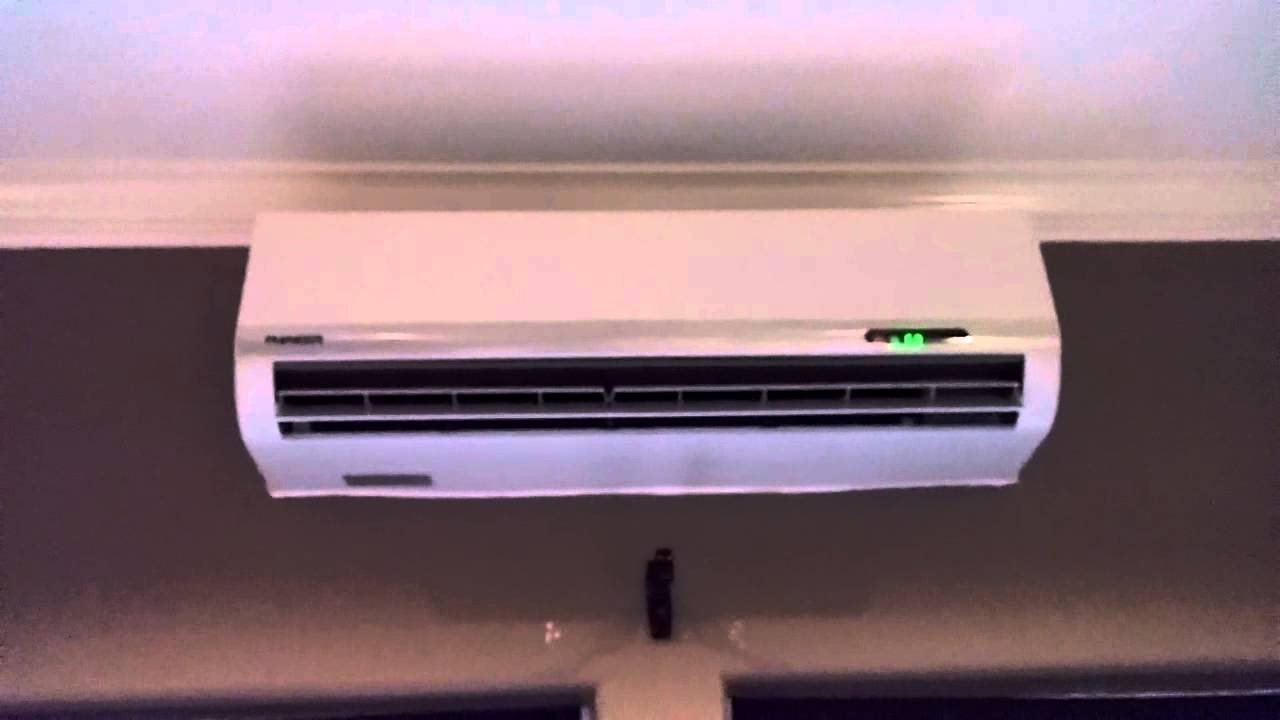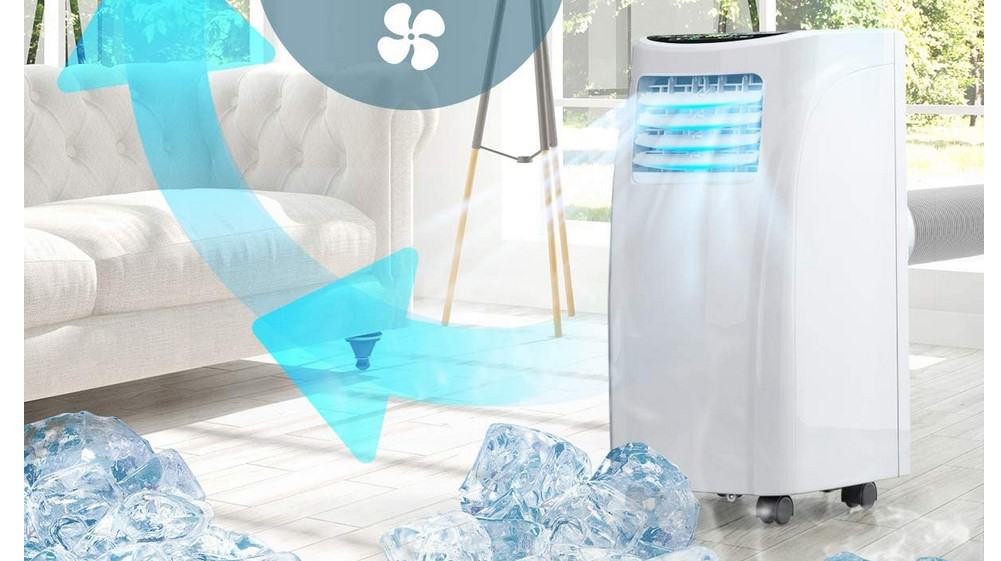When you’re traveling in your RV, comfort is a top priority, and that includes traveling and sleeping at the perfect temperature. If you go on vacation in the summer, it’s time to invest in the best RV air conditioner to keep cool.
We’ve scoured the Internet for the best RV air conditioner you can buy. We eliminated any air conditioners that take too long to cool down your RV, specifically lower than 12,000 BTU/H – unless it’s a portable AC unit. Of our selection of 7 AC units, we chose the Dometic brand as our top pick as it cools air at 15,000 BTU/H so you don’t have to wait a long time to feel cool and comfortable. It’s sleek and aerodynamic to keep your gas mileage low during travel, and it isn’t noisy when in use. Read on to learn more about this unit, but also check out some of these top-rated air conditioners.
Top 7 Best RV Air Conditioners Compared
#1 Dometic Air Conditioners H541816AXX1J0 – Top Pick
We’re sorry, this product is temporarily out of stock
WHY WE LIKE IT: This Dometic air conditioner produces 15,000 BTU/H which is one of the highest on the list and can quickly cool an RV thanks to the 350 CFM blower.
- Designed to reduce vibrations during use to improve noise quality
- The highest BTU/H on this list
- Features a powerful fan and motor for exceptional cooling power
- The most expensive uint on this list
- Not energy-efficient
- Doesn’t come with a remote to adjust the temperature settings
This air conditioner remains quiet in operation, thanks to heavy sheet metal that minimizes vibrations during use, so you can continue watching TV while remaining cool without the air conditioning unit disturbing you. It’s also fitted with expanded polypropylene to reduce the unit’s weight and prevent any condensation from building up.
Despite its main use for hot climates, this air conditioner doesn’t rattle as you drive the RV, which helps to prevent any additional noise. Designed to be durable and long-lasting with an aerodynamic shape, it can survive strong winds and rain without blowing off of your RV’s roof. Unlike some air conditioners, this air conditioning unit by Dometic provides you with a choice of the duct and ductless, so you can direct the airflow to one space or evenly distribute the air throughout the entire RV. If you’re going non-duct, you’ll want to read our finest ductless mini-split air conditioner list. Additionally, you can also check out the best small portable air conditioner in an RV and this is a great choice.
#2 Zero Breeze Z19-B Portable Air Conditioner – Best Honorable Mention
WHY WE LIKE IT: This Zero Breeze air conditioner only weighs 12.8 lbs, is waterproof, can charge USB devices, has built-in Bluetooth speakers, measures 1/5th the weight of other air conditioners on this list and be powered by a wall outlet, propane, or a 12V car battery. These features make sure the unit is ideal for cooling one area so you don’t waste energy.
- Features multiple plug-in outlets
- Quick and easy installation
- Only weighs 12.8 lbs, making it lightweight and portable AC
- You have to set the unit upright for two hours before FIRST use
- Measures 1100 BTU/H, making it the least powerful unit on this list
- Noise level of 69dB, with the average unit measuring 60dB
This small, portable unit is ideal for a quick cool down of 50 square feet. The unit is highly versatile and doubles up as a charging port, so you can charge two devices at the same time. It’s also fitted with an LED light, so you can use the unit outdoors for additional lighting, or play your favorite songs through the integrated Bluetooth speakers, which is an add-on feature. Truly one of the best portable air conditioners for RVs.
Alternatively, use solely as an air conditioner and the unit offers five hours of usage. It also weighs only 12.8lbs, making it highly portable Although the air conditioner doesn’t feature a high-power airflow it’s equipped with three fan speeds and three cooling settings, including instant breeze, regular fan airflow, and instant breeze.
#3 Airxcel 08-0080 – Best for Traveling All Year-Round
WHY WE LIKE IT: Thir Airxcel RV air conditioner boasts 15,000 BTU/H of cool air, and you can switch to a heated setting (optional installation and extra cost) for up to 5,600 BTU/H in heating. This extensive versatility makes the unit ideal for traveling in cold and warm climates throughout the year.
- Can cool quickly with a 320 CFM blower
- Clear instructions for easy installation
- Powerful, consistent air flow with a 1/3hp fan
- Some customers experienced troubleshooting with installation
- Chunkier than the models on this list, which makes installation difficult
- The loudest unit on this list when on the highest speed
This air conditioner delivers cool air to 320 CFM, and within a few minutes, you’ll feel the cool air. It’s designed to cool a vehicle quickly and effectively in 15,000 BTU/H, but it’s also more economical than most units with this figure. The average RV air conditioner produces over 2,000 watts, but Airxcel designed their unit to produce 1,800 watts. This low figure makes the unit ideal for small engines to help preserve energy while traveling. It certainly makes for an excellent windowless air conditioner.
It’s easy to switch the RV AC unit to the heated setting to use in the winter and save room by not purchasing an additional heater, though you’ll need to purchase an electric heat kit for this feature. When the RV air conditioning unit is switched on, it won’t disturb you, thanks to its minimal sound and vibration. And with numerous panels for the air to flow, you’ll feel a cool breeze from all angles of the air conditioner, and not just from standing underneath it. Also, check out the best window air conditioner.
#4 PIONEER Air Conditioner – Best for Sleeping
WHY WE LIKE IT: The Pioneer air conditioner has a capacity of up to 36,000 BTU/H, making it the quickest unit on this list to cool an RV. It also features an inverter system with a variable speed compressor to provide powerful airflow. The unit automatically adjusts the room’s temperature and can connect to WiFi for smartphone users.
- Features washable filters, so you don’t need to purchase new ones
- Night mode setting adjusts the room to a pre-set temperature
- Wi-Fi setting to control the temperature when you’re away from the RV
- Unit is heavy and isn’t traditionally designed for RVs, making installation difficult
- Doesn’t cool a room as quickly as other units on this list
- Not suitable for non-tech-savvy individuals
This unit offers a range of cooling and heating capacities from 9,000 to 36,000 BTU/H, so you can adjust the setting to suit your temperature. It’s also more advanced than the other units on this list, as it can connect to your Wi-Fi. This allows you to adjust the temperature while you’re not in the vehicle so you return to your RV with a comfortable temperature. This is great to have the temperature pre-set just before bedtime. It’s not the greatest through-wall air conditioner, but it does a great job as a fine portable A/C unit.
This air conditioner comes with a wireless controller, so you can see all the current temperature and airflow on the LCD display. The screen is also fitted with a backlight, so you can see essential information when it’s dark. Since the air conditioner isn’t a traditional RV unit, it comes with a full installation kit and a support hotline to assist with any difficulties. You can also go smarter with the best WiFi smart air conditioner.
#5 ASA Electronics Air Conditioner – Best for Durability
WHY WE LIKE IT: This ASA Electronics air conditioner comes with an overload protector and blows out powerful air measuring 13,500 BTU/H with a powerful 320 CFM blower. This makes the unit incredibly durable, so you don’t have to remove it when putting your RV in storage.
- Powerful 320 CFM
- Built with high-quality materials for excellent durability
- Copper tubing helps the cool air quicker
- Not packaged well to prevent damage in transport
- Not the most powerful BTU/H on the list
- Blows air in a single line
To keep your RV cool quickly, this air conditioner is bursting with more copper tubing than other units on this list to cool the unit’s surface area. This prevents the unit from overheating due to an electrical issue. It also rates at 13,500 BTU/H, which requires a generator with at least 3,000 watts, making it suitable for smaller RVs. With a total of three airflow speeds, you can gradually cool your RV, or drop the temperature in a couple of minutes.
When in operation, this air conditioner is quiet and doesn’t create any loud vibrations, thanks to the foam and metal parts that help to reduce any noise. It’s also constructed from metal and as a result, it offers a durable chassis to make this unit long-lasting and prevent any damage from harsh weather during the winter. For your next camping trip, also take a look at the best RV mattress.
#6 Coleman Mach 3 – Best for Regular Use
We’re sorry, this product is temporarily out of stock
WHY WE LIKE IT: This Coleman Mach air conditioner is fitted with all-copper tubing to ensure durability and a long lifespan, plus it features a ⅓ HP motor so you feel cool, quickly. As such, it’s great for regular use and uses for regular intervals on vacations.
- Delivers an airflow for up to 320 CFM
- Anti-corrosion material
- Offers 13,500 BTU/H
- Noisy in use, which might disturb you
- Inside cover and control panel are sold separately
- Not energy efficient
This air conditioner is long-lasting and designed with a plastic drain pan that reduces any corrosion, and the stainless steel screws keep the unit securely mounted to your RV. It offers 13,500 BTU/H and up to 320 CFM airflow, which is the industry’s standard for keeping an average-sized RV cool in the summer. Unlike any other unit on this list, you also get a choice of color to perfectly match your vehicle’s aesthetics. Although this isn’t essential to its function, it’s great to color-code your vehicle.
Although this air conditioner is larger than most, its large surface area enhances the transfer of cool air through the coils. So, once it’s switched on, the unit becomes cool quickly. This air conditioner is powerful and comes with multiple air panels so you can feel the cool air from all angles of it.
#7 HOmeLabs Portable Air Conditioner – Best for Budget
WHY WE LIKE IT: This HOmeLabs portable air conditioner doesn’t require any installation, and features wheels to easily move it around inside the RV. It also delivers powerful air measuring 14,000 BTU/H for rooms up to 650 feet. This is great to keep a single person cool if others aren’t feeling as warm.
- Portable to move in different spots
- Built-in dehumidifier prevents mildew from growing
- Quick and easy to install
- Bulky, and takes up floor space in your RV
- Can be loud and disturb sleep
- Difficult to store when not in use
This air conditioner is designed to easily move around different spots in your RV if you want to keep one area cooler than the rest of the vehicle. To get started, attach the window hose, and plug it into a power source or supply, and it’ll be working in less than 10 minutes. It’s not quite a leading dual hose portable air conditioner, but it does what it was designed to do. Your purchase also includes a remote control and digital display, so you can set your desired temperature from the other side of the RV.
If you’re looking for an air conditioner for your RV that’s half the price of traditional RV models, a portable unit is a great solution. This unit also cools at a whopping 14,000 BTU/H, which is more than some products on this list. You can also use this unit to keep your RV free of moisture as it’s fitted with a dehumidification feature to prevent mildew from growing.
How We Decided
RV air conditioners have a specific cooling capacity that indicates the speed the conditioner cools the air. Each RV air conditioner is measured in British Thermal Units per hour (BTU/H). The higher the figure, the quicker the temperature drop, so you feel cooler in less time. Therefore, we opted for units measuring an average of 13,000 BTU/H – except for two portable designs – as this measurement will quickly cool down your RV. Anything above 13,000 BTU/H is ideal for traveling in warm climates and larger RVs (recreational vehicles).
When purchasing an air conditioner for your RV, you want it to take up minimal space. Therefore, apart from two portable units, we only focused on rooftop units (with 1 exception), so you don’t have to place your air conditioner on the floor. This design also helps to evenly distribute the airflow in your RV, compared to a unit pointing at a piece of furniture. Rooftop units also use brisk air from outside to cool the unit, thus saving energy in the long run.
Finally, we also researched air conditioners with various blower speeds, so you can adjust the unit for more or less power consumption. We found it important that the air conditioners have a minimum of two speeds for variety when you need more cool air.
Other models that just missed our list include the AIRXCEL Mach 15 AC, the Dometic Brisk II Rooftop Air Conditioner, and the DOMETIC PENGUIN II. The Mach 15 is equipped with a 1/3 hp fan motor, the largest used in an RV air conditioner, delivering cool air at an incredible 325 CFM. The Dometic Brisk II AC Unit comes in two different colors: Polar White (B59516.XX1C0) and Black (B59516.XX1J0). Both Brisk II models feature large air vents that promote superior airflow and cooling capacity. Finally, the Dometic Penguin II is a low-profile, stylish model that boasts 13,000 BTU. The Penguin II features a high-performance motor and fan that deliver superb cool performance. But, compare Dometic IBIS 4 vs Harrier to see which A/C reigns superior.
Buyer’s Guide to RV Air Conditioners
Important Factors to Consider Throughout Your Search
- Cubic Feet Per Minute (CFM)
You should purchase an air conditioner based on the size of your RV. An average RV air conditioner will cool 300 cubic feet per minute, so you should consider the area of your vehicle in comparison to the unit. Your RV’s size will also determine the best BTU/H. Generally speaking, a size of around 200-300 feet will require 5,500-7,000 BTU/H. For 350-500 feet, look for a unit measuring 8,000-12,000 BTU/H to keep your RV cool quickly. - Heating Capacity
If you tend to travel in both cold and warm climates, opt for a unit that also comes with a heat pump to keep you warm when temperatures drop. This saves room by not having to purchase an air conditioner and heater. Research the BTU/H of the heating facility. Some units have as much power with heat as they do with cool air. - Wattage
Finally, research the air conditioner’s wattage, as this determines the energy the unit uses in operation. The higher the BTU/H, the bigger the wattage you’ll need. For example, a 7,000 BTU/H requires 1,700 watts to start up, and around 600 watts during use. Most people want the most powerful air conditioner to get cooler quickly, but if your RV’s battery isn’t big or powerful enough to operate the machine, the air conditioner won’t reach its maximum potential. - Installation
Consider your knowledge of installing air conditioners. Ideally, the unit will be quick and easy to set up by connecting to your RV’s roof. The air conditioner’s weight and size will also play a role in installation since a heavier unit will require more manpower and tools to attach to your RV.











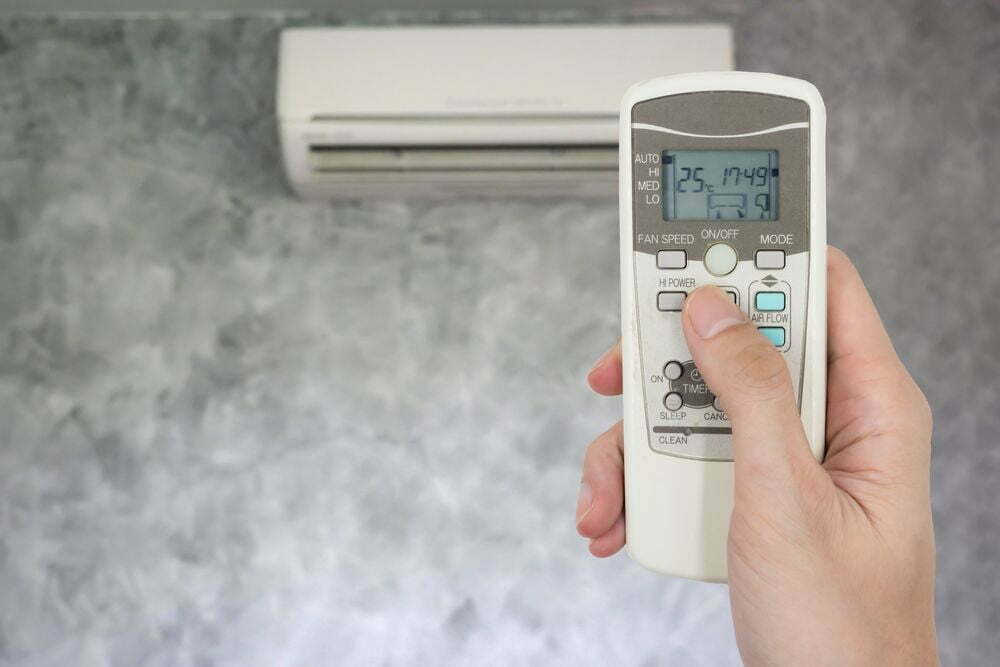
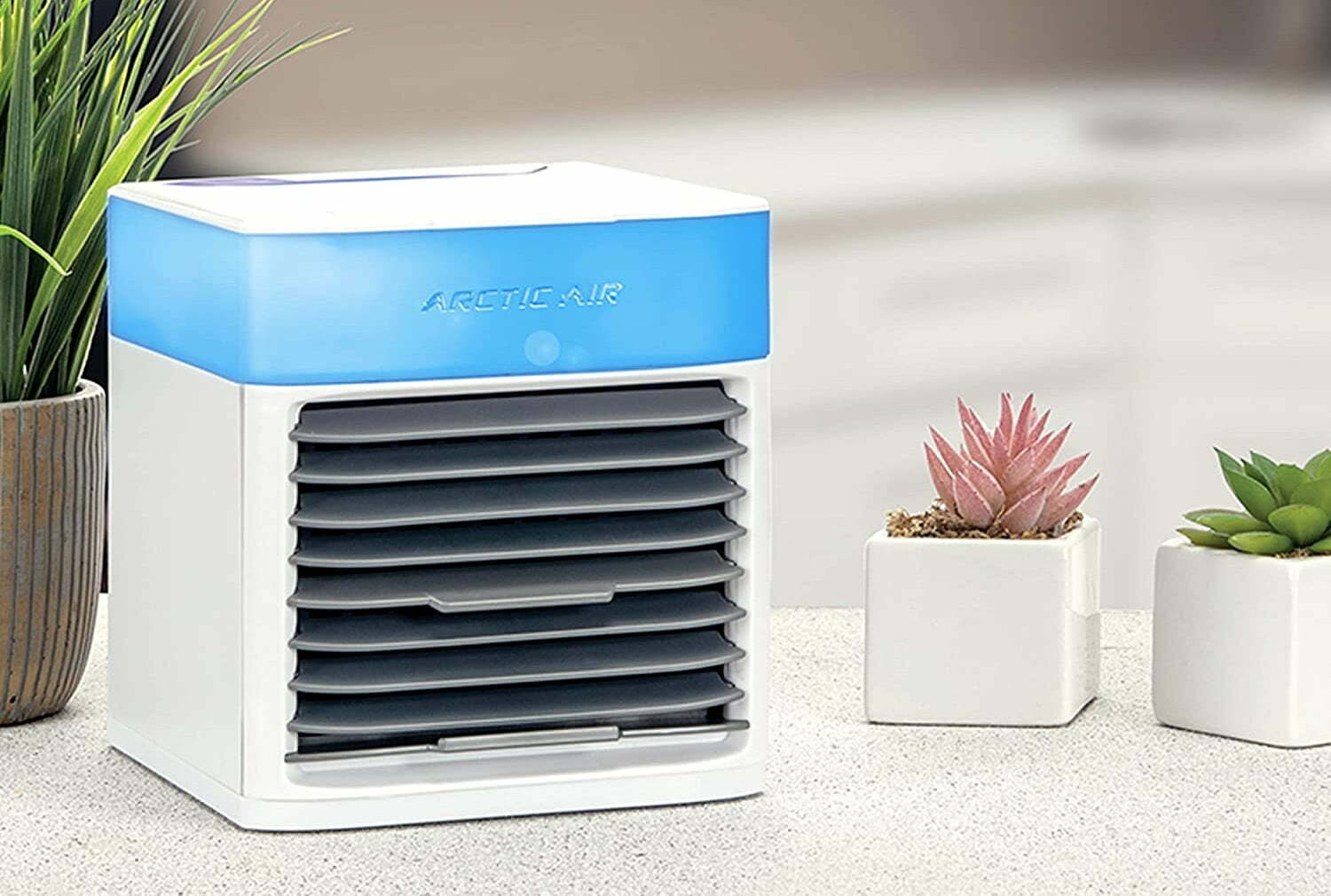
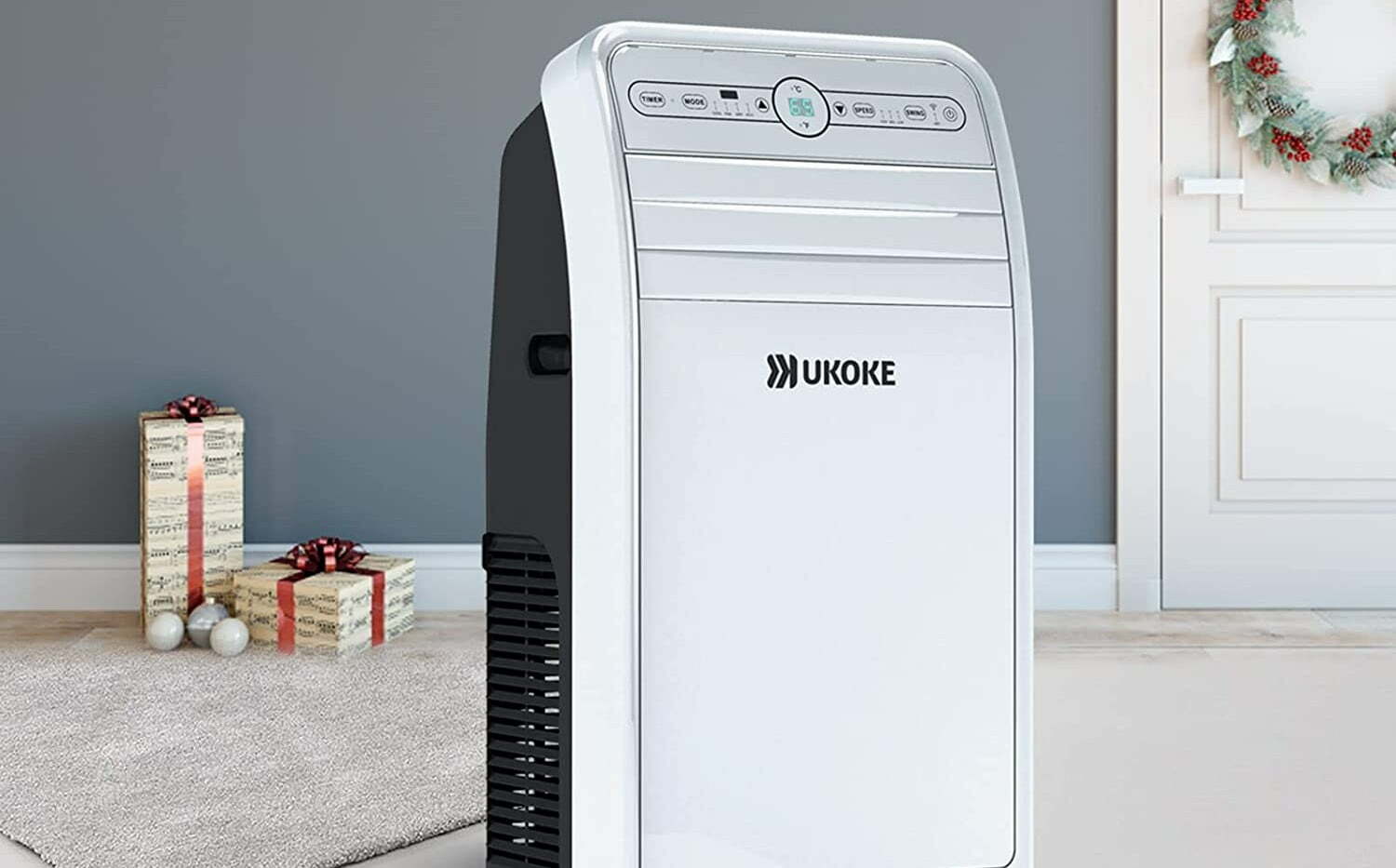
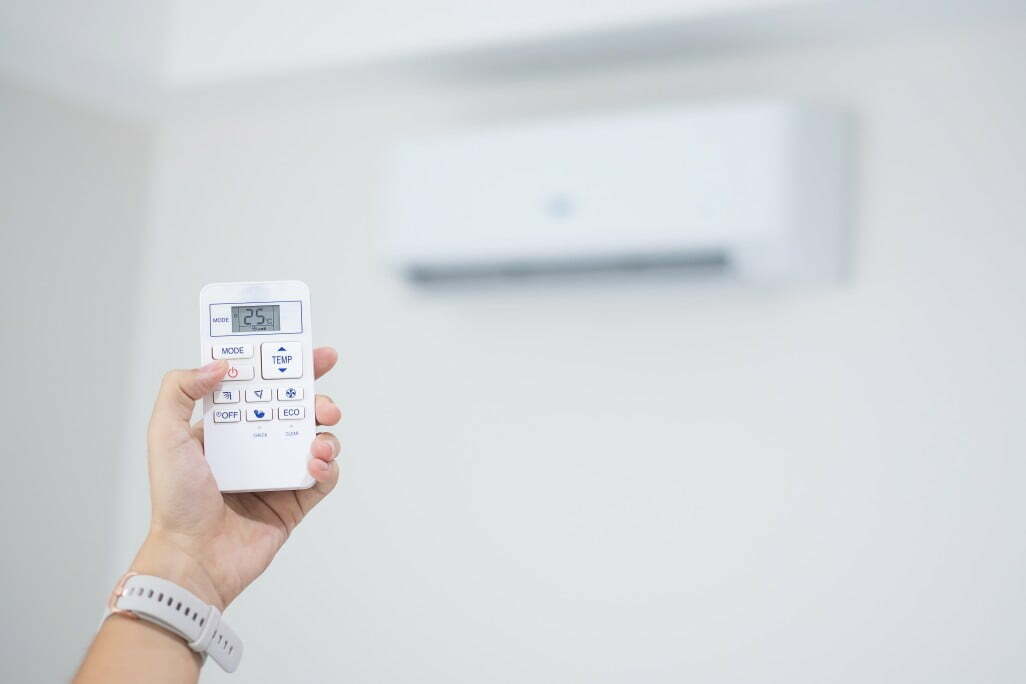
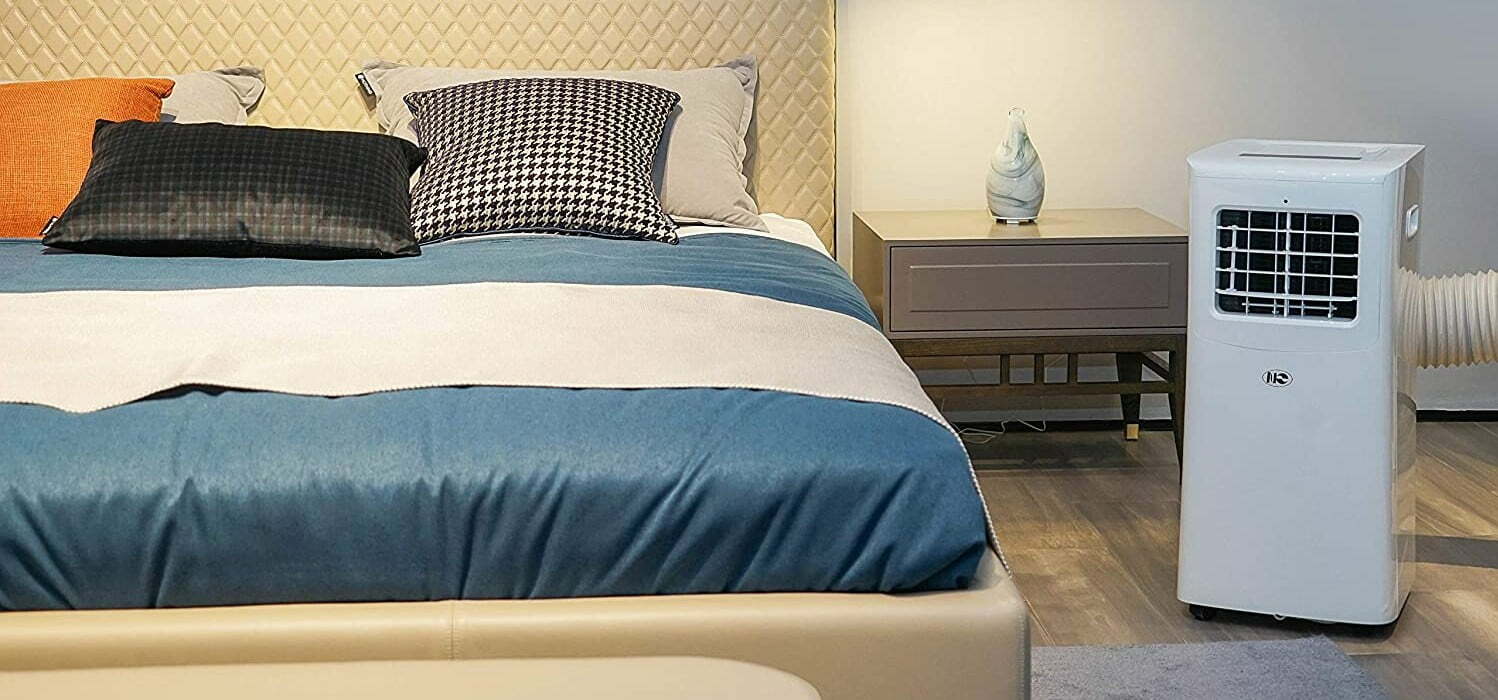
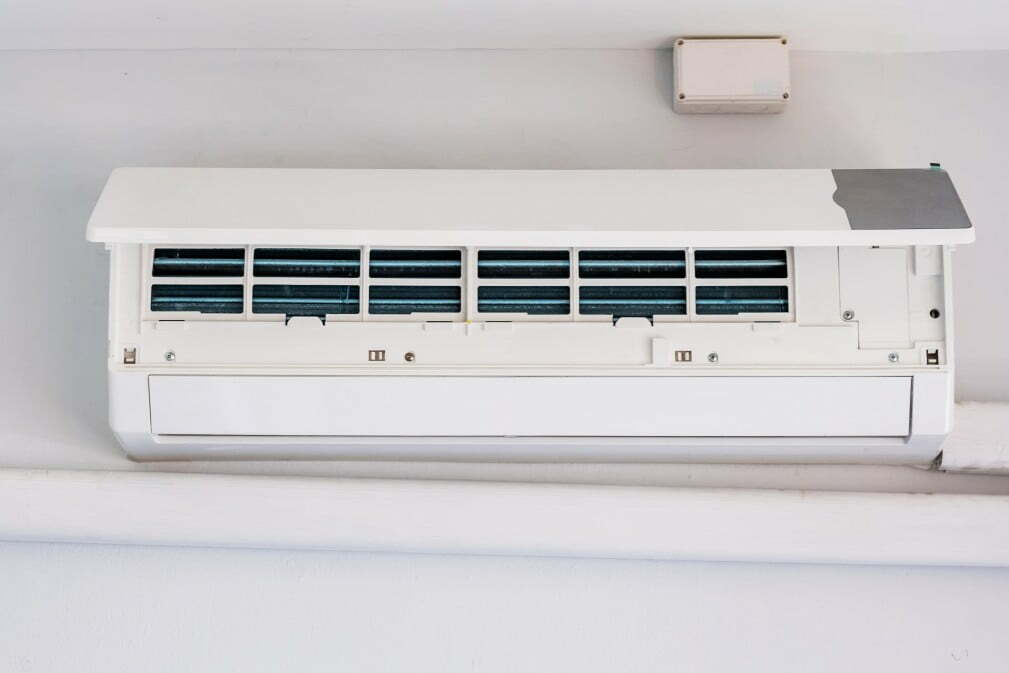
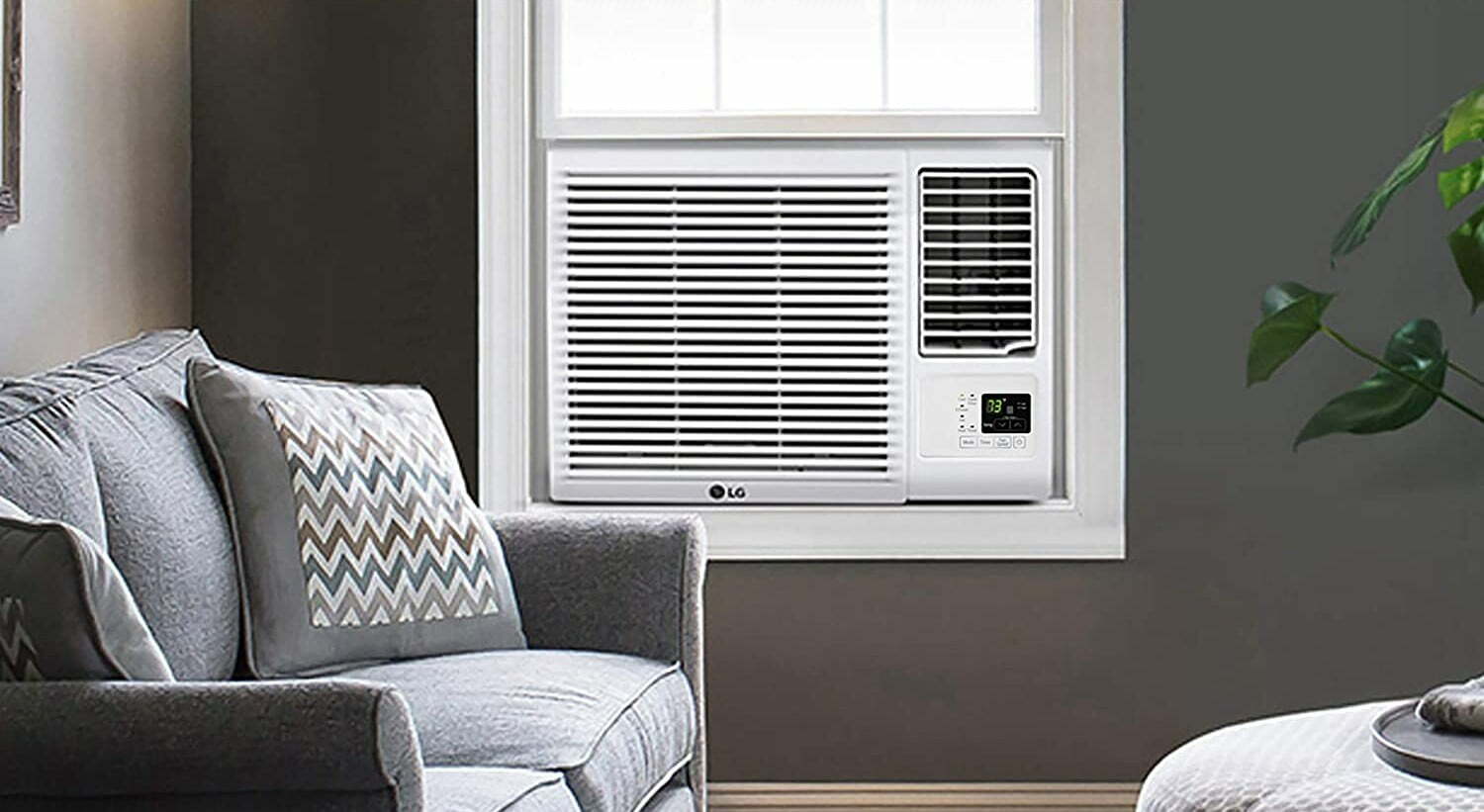
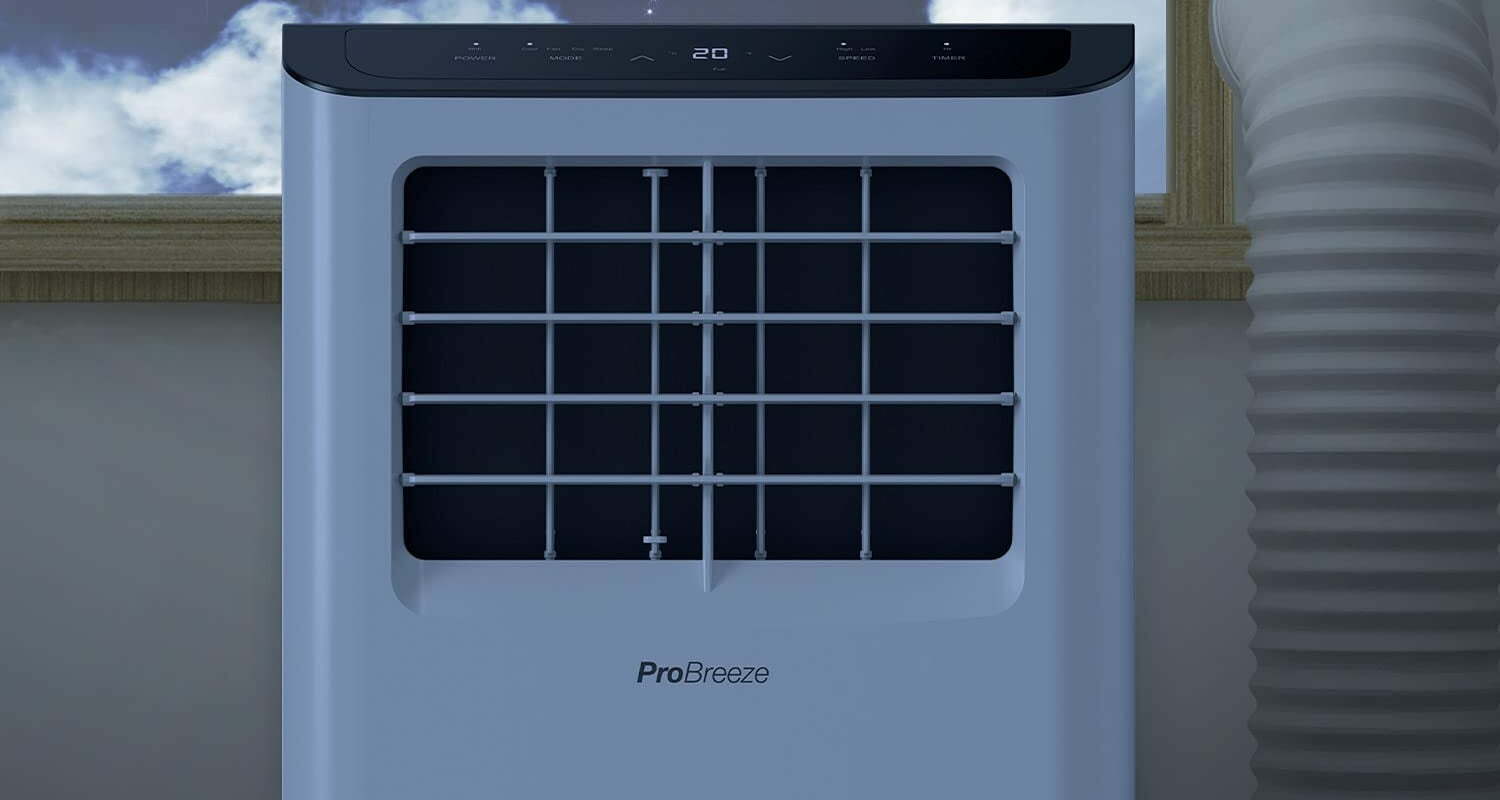

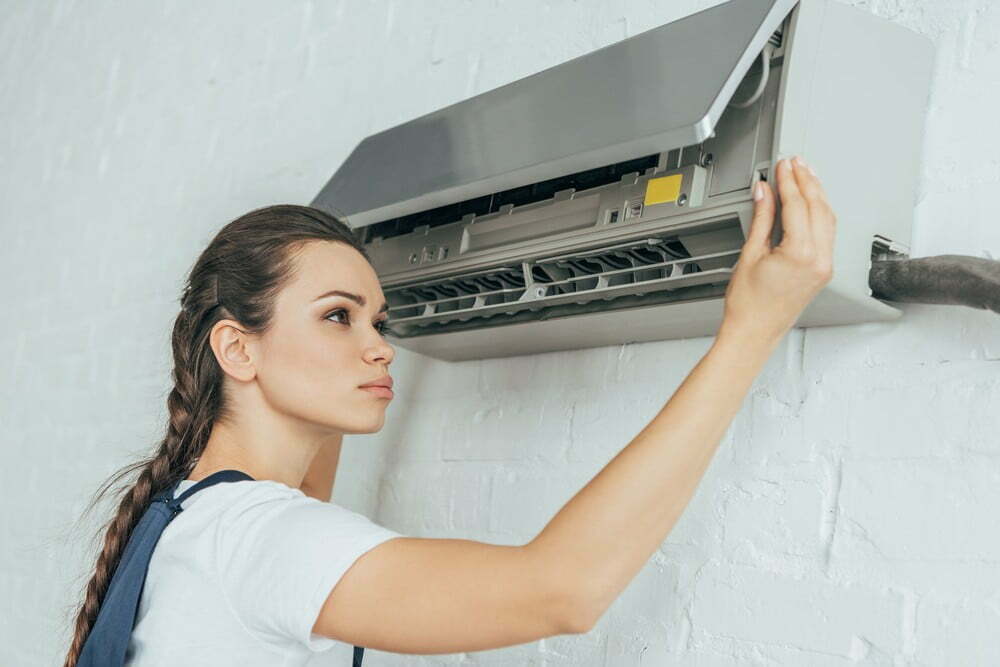
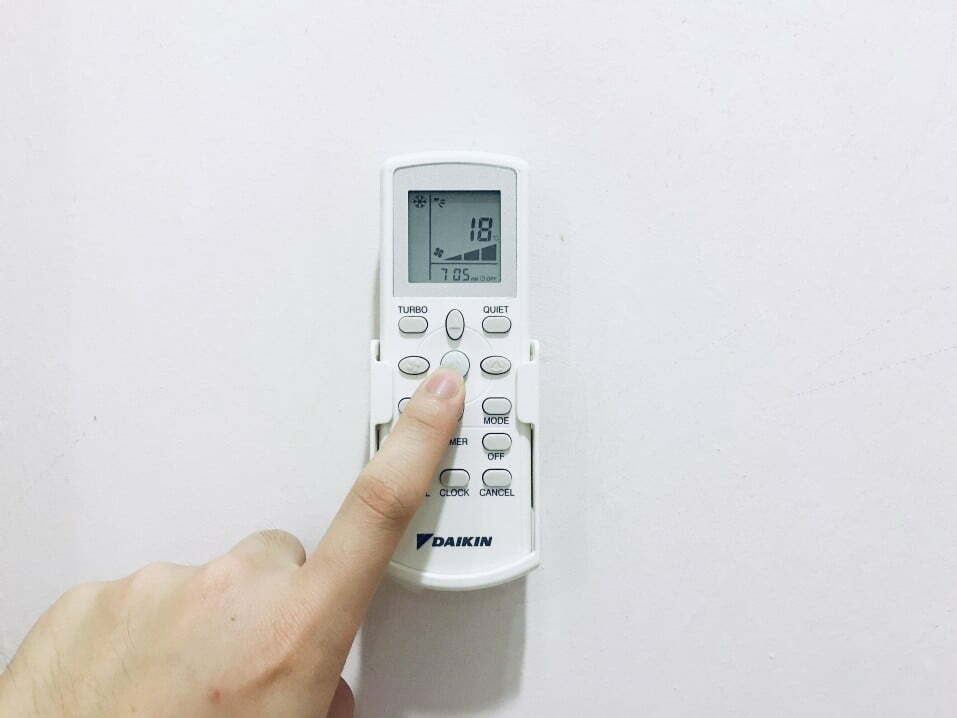
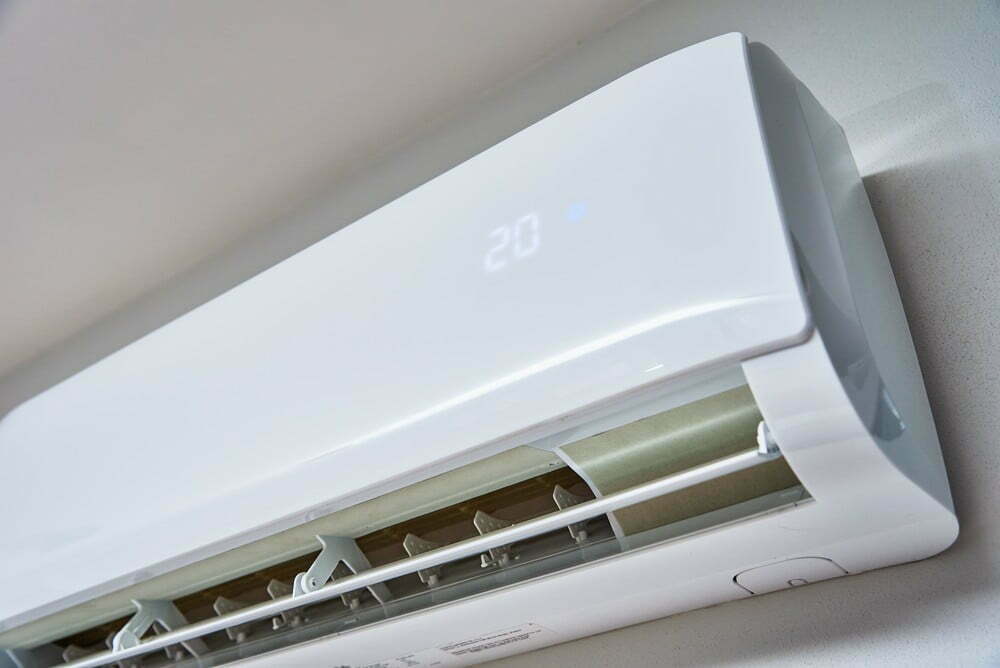
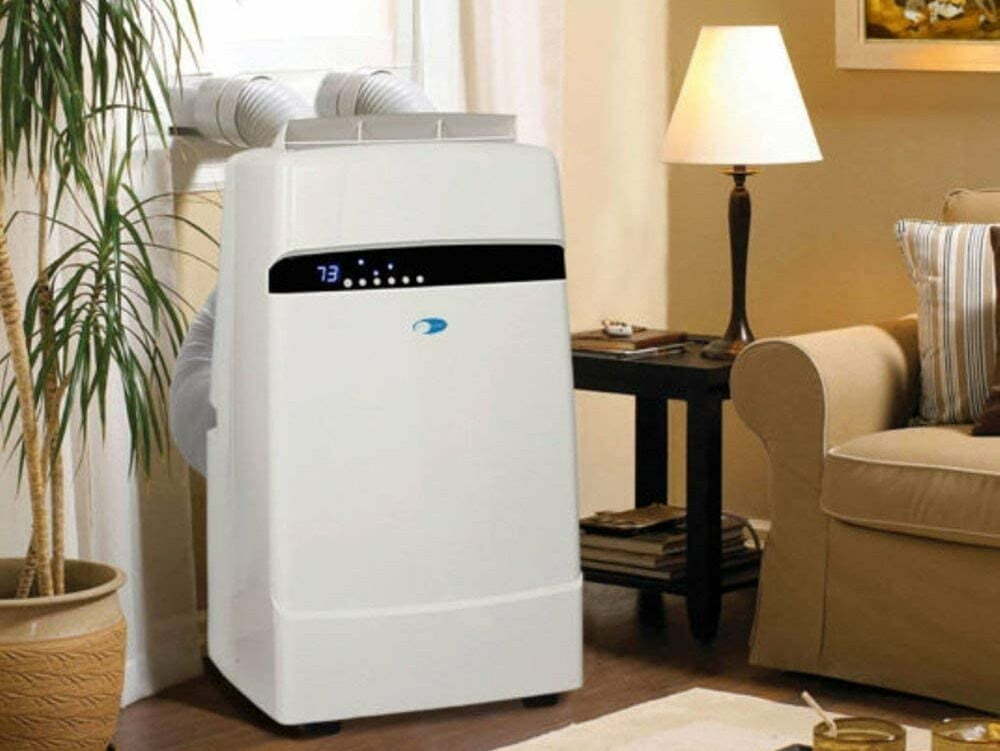
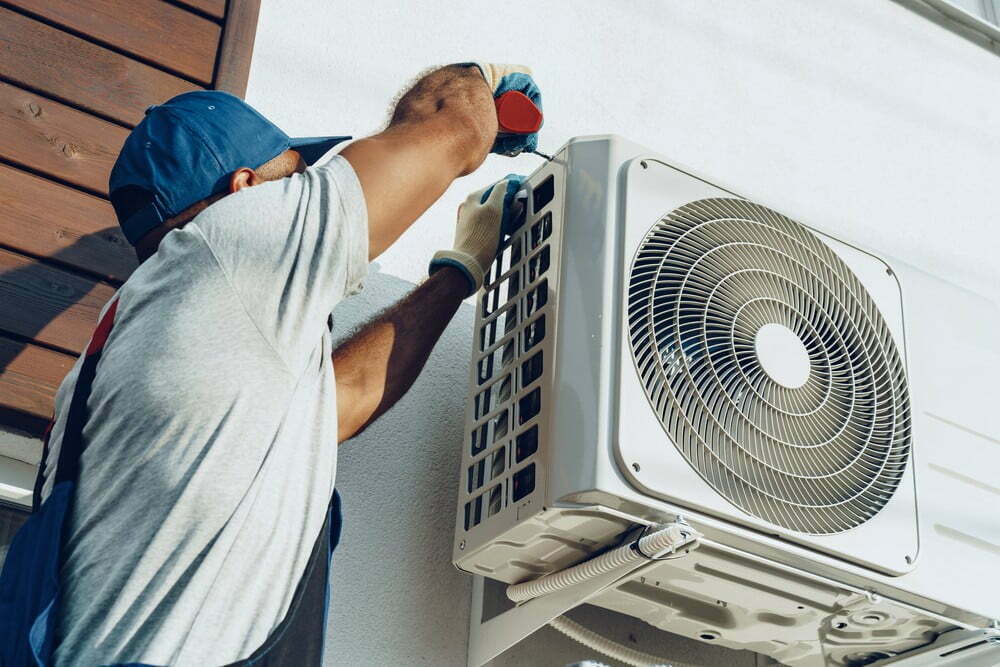
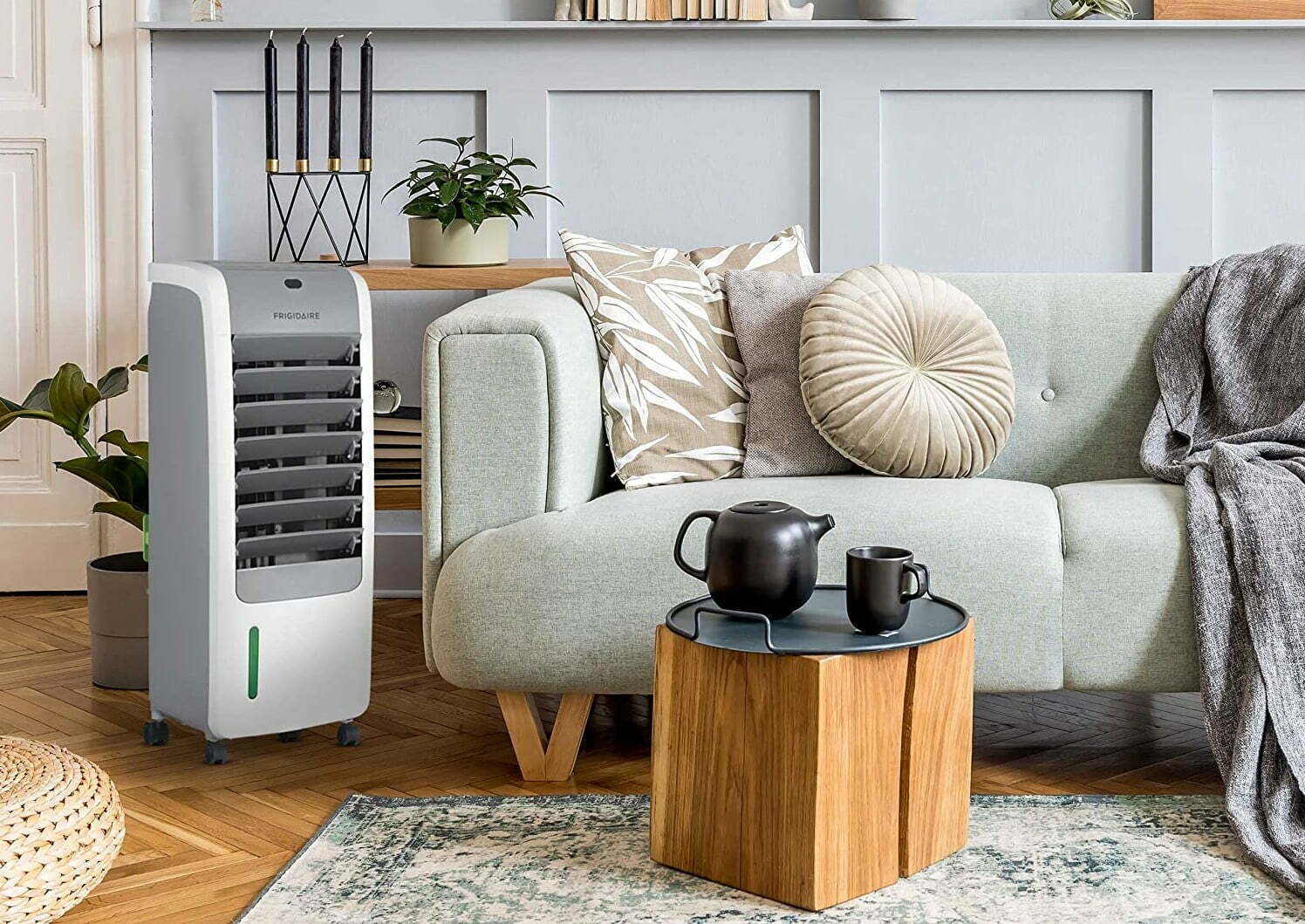
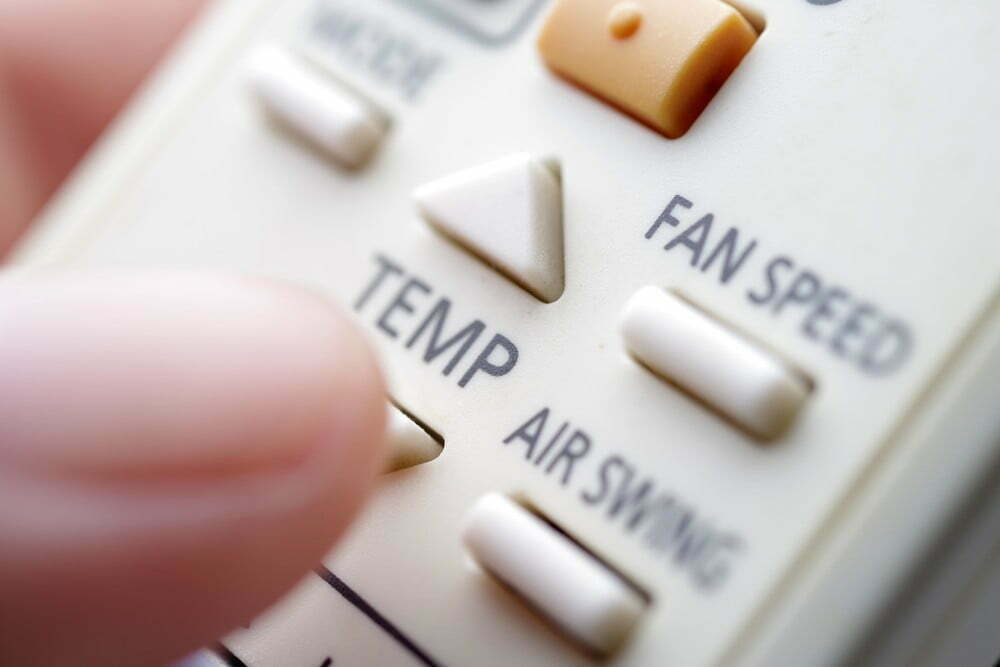
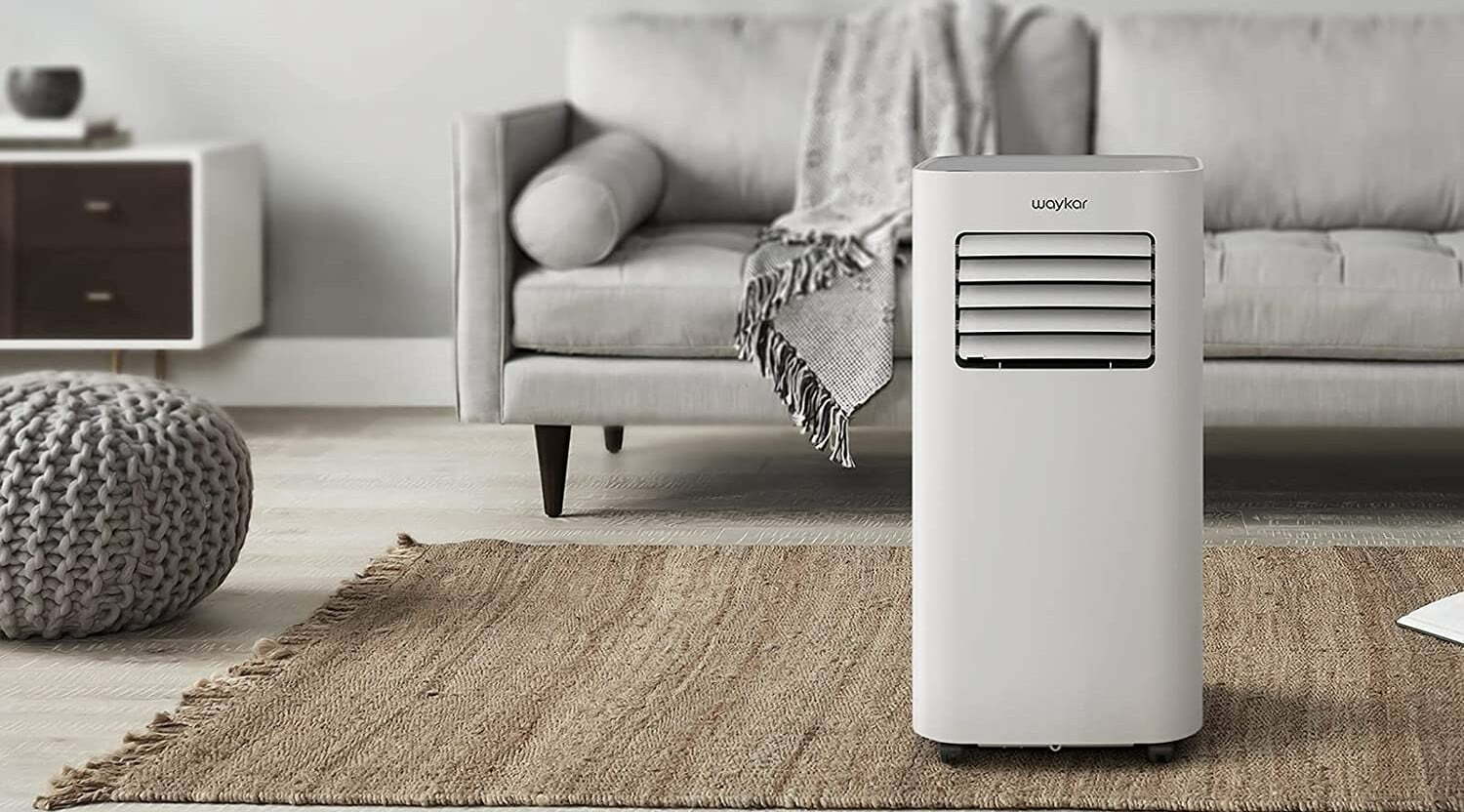
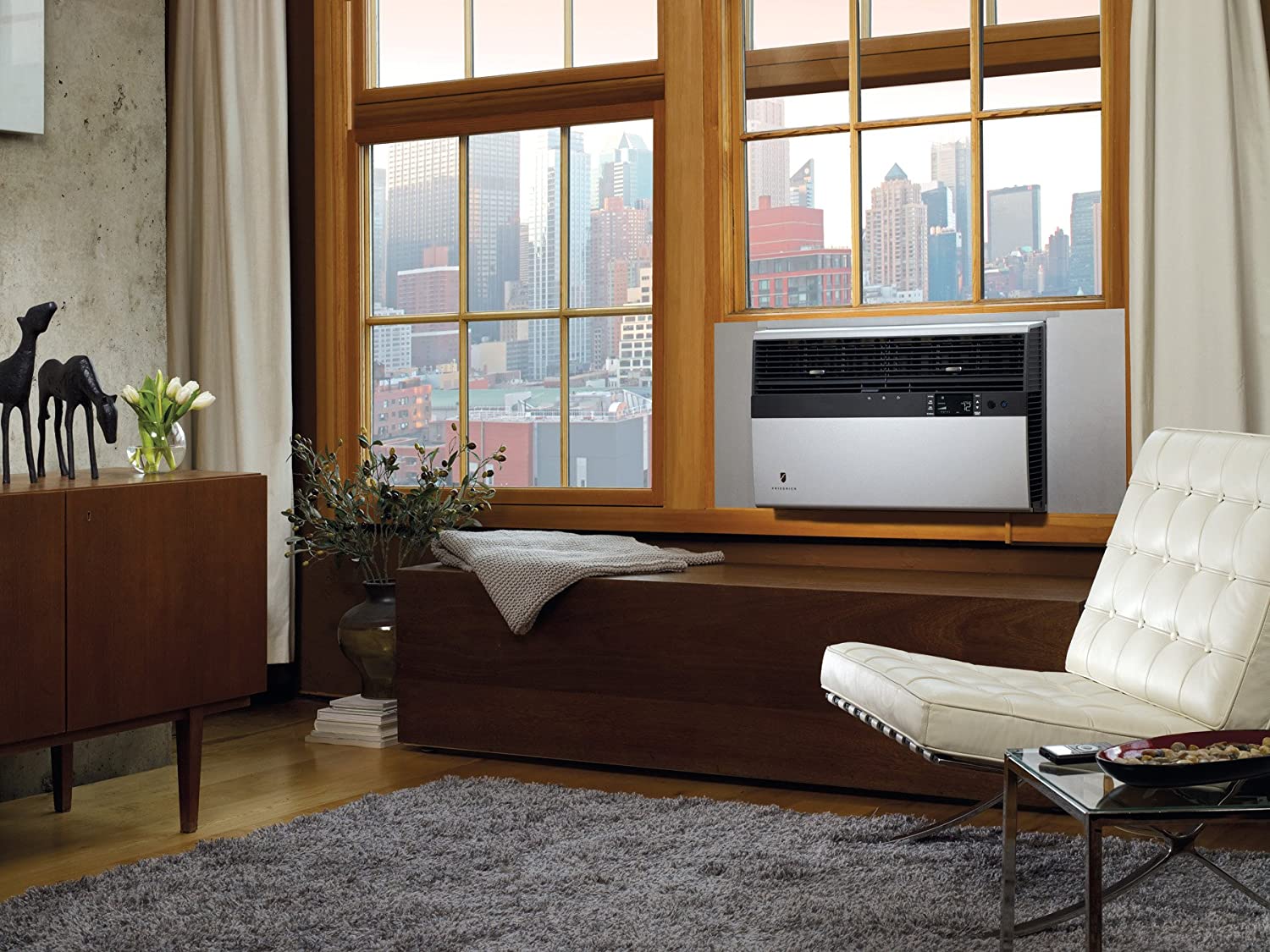

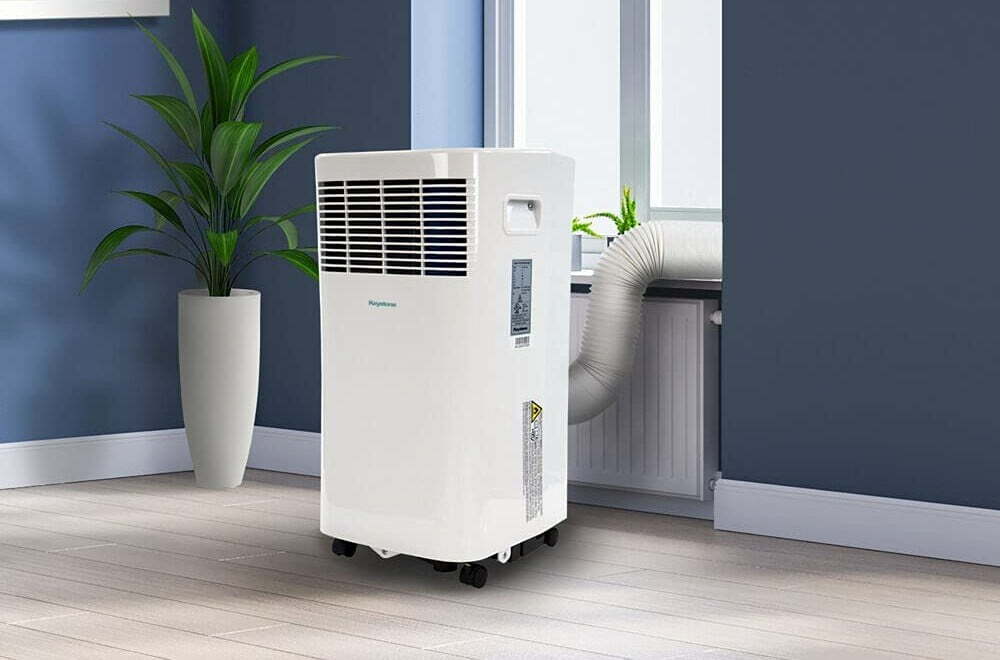
![Best Air Conditioners in [year] ([month] Reviews) 27 Best Air Conditioners in 2025 (April Reviews)](https://www.gadgetreview.dev/wp-content/uploads/best-air-conditioners-image.jpg)
![Quietest Through The Wall Air Conditioners in [year] 28 Quietest Through The Wall Air Conditioners in 2025](https://www.gadgetreview.dev/wp-content/uploads/quietest-through-the-wall-air-conditioner-image.jpg)
![Best 10000 BTU Air Conditioners in [year] 29 Best 10000 BTU Air Conditioners in 2025](https://www.gadgetreview.dev/wp-content/uploads/best-10000-btu-air-conditioner-image.jpg)
![Best 15000 BTU Air Conditioners in [year] 30 Best 15000 BTU Air Conditioners in 2025](https://www.gadgetreview.dev/wp-content/uploads/best-15000-btu-air-conditioner-image.jpg)
![Best 15000 BTU Window Air Conditioners in [year] 31 Best 15000 BTU Window Air Conditioners in 2025](https://www.gadgetreview.dev/wp-content/uploads/best-15000-btu-window-air-conditioner-image.jpg)
![Best 12000 BTU Air Conditioners in [year] 32 Best 12000 BTU Air Conditioners in 2025](https://www.gadgetreview.dev/wp-content/uploads/best-12000-btu-air-conditioner-image.jpg)
![Best Photocatalytic Oxidation Air Purifiers in [year] 33 Best Photocatalytic Oxidation Air Purifiers in 2025](https://www.gadgetreview.dev/wp-content/uploads/best-photocatalytic-oxidation-air-purifier-image.jpg)
![Best Ventless Portable Air Conditioners in [year] 34 Best Ventless Portable Air Conditioners in 2025](https://www.gadgetreview.dev/wp-content/uploads/best-ventless-portable-air-conditioner-image.jpg)
![Best Window Air Conditioners with Heat in [year] 35 Best Window Air Conditioners with Heat in 2025](https://www.gadgetreview.dev/wp-content/uploads/best-window-air-conditioner-with-heat-image.jpg)
![Best Inverter Air Conditioners in [year] 36 Best Inverter Air Conditioners in 2025](https://www.gadgetreview.dev/wp-content/uploads/best-inverter-ac-image.jpg)
![Best HEPA Air Purifiers in [year] 37 Best HEPA Air Purifiers in 2025](https://www.gadgetreview.dev/wp-content/uploads/best-hepa-air-purifier-image.jpg)
![Best 8000 BTU Air Conditioners in [year] 38 Best 8000 BTU Air Conditioners in 2025](https://www.gadgetreview.dev/wp-content/uploads/best-8000-btu-air-conditioner-image.jpg)
![Best Small Window Air Conditioner in [year] 39 Best Small Window Air Conditioner in 2025](https://www.gadgetreview.dev/wp-content/uploads/best-small-window-air-conditioner-image.jpg)
![Best Quiet Window Air Conditioners in [year] 40 Best Quiet Window Air Conditioners in 2025](https://www.gadgetreview.dev/wp-content/uploads/quiet-window-air-conditioner-image.jpg)
![Best Energy Efficient Window Air Conditioners in [year] 41 Best Energy Efficient Window Air Conditioners in 2025](https://www.gadgetreview.dev/wp-content/uploads/best-energy-efficient-window-air-conditioner-image.jpg)
![Best Quiet Portable Air Conditioners in [year] 42 Best Quiet Portable Air Conditioners in 2025](https://www.gadgetreview.dev/wp-content/uploads/quiet-portable-air-conditioner-image.jpg)
![Best 6000 BTU Air Conditioners in [year] 43 Best 6000 BTU Air Conditioners in 2025](https://www.gadgetreview.dev/wp-content/uploads/best-6000-btu-air-conditioner-image.jpg)
![Best 5000 BTU Air Conditioners in [year] 44 Best 5000 BTU Air Conditioners in 2025](https://www.gadgetreview.dev/wp-content/uploads/best-5000-btu-air-conditioner.jpg)
![Best Mini Split in [year] 45 Best Mini Split in 2025](https://www.gadgetreview.dev/wp-content/uploads/best-ductless-mini-split-air-conditioner-image.jpg)
![10 Best Portable Air Conditioners and Heaters in [year] 46 10 Best Portable Air Conditioners and Heaters in 2025](https://www.gadgetreview.dev/wp-content/uploads/best-portable-air-conditioner-and-heater-image.jpg)
